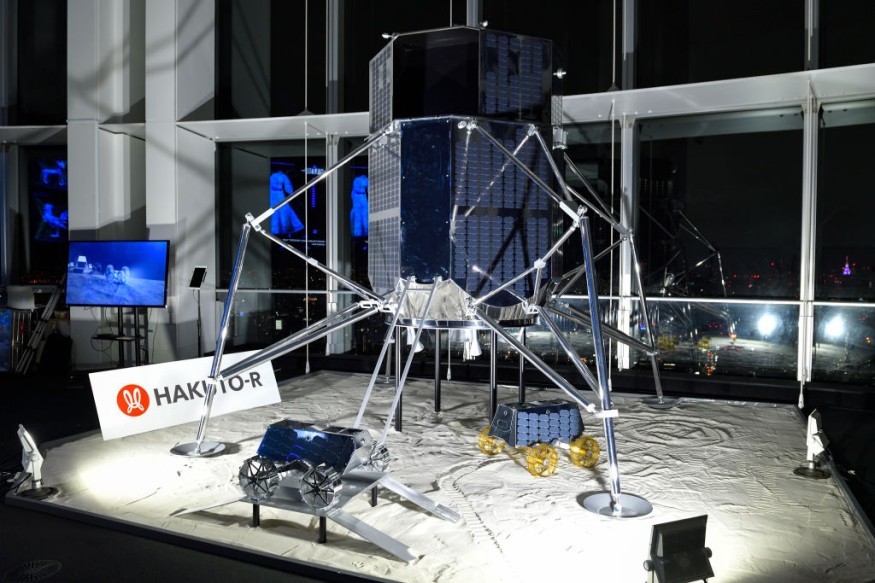NASA has located the impact site of ispace's lunar lander, which experienced a rough landing on the Moon recently. This event was supposed to make ispace the first private company to successfully land a robotic spacecraft on the lunar surface.
Futurism reported that the impact of the vehicle was observed by a NASA space telescope orbiting the Moon. The specific location of the crash has been identified through images captured by the Lunar Reconnaissance Orbiter (LRO).

Hakuto-R Mission 1 Lander's Final Impact
The team shared in a news release 10 images captured by the LRO with its Narrow Angle Cameras (NACs), and the Lunar Reconnaissance Orbiter Camera (LROC) belonging to the space agency revealed the presence of four notable craters on the Moon's terrain, likely remnants of ispace's HAKUTO-R Mission 1 lander.
This robotic spacecraft company aimed to achieve the pioneering feat of successfully landing and operating a privately-funded spacecraft on the lunar surface. However, on April 25, after adjusting its orbit for an approach to the Moon, mission control in Tokyo lost contact with the lander.
During a live stream, Takeshi Hakamada, the founder of ispace, expressed a solemn tone, stating that they had not received any communication from the lander, and their team of engineers would continue to investigate the situation.
According to a statement from the LROC team, recent images released on Tuesday (May 23) display a minimum of four prominent fragments of debris and several minor alterations on the lunar surface, specifically located at 47.581 degrees north latitude and 44.094 degrees east longitude.
The team noted that the central feature depicted in the image exhibits contrasting characteristics, with bright pixels in the upper left and dark pixels in the lower right. This observation suggests the possibility of a small crater or distinct components of the lander body, differing from nearby boulders.
The site will undergo further examination in the upcoming months as the LROC plans to reimage it under diverse lighting and viewing conditions.
READ ALSO : iSpace Mission Hakuto: Japanese Moon Lander Rocket Launched With UAE Lunar Rovers Aboard
Identifying the Impact Site a Day After the Crash
NASA's Lunar Reconnaissance Orbiter (LRO) conducted a flyby of the crash site just a day later and captured images covering an area of approximately 25 by 28 miles, Futurism reported.
A comparison between these images and previous ones taken of the same location revealed an "unusual surface change" near the expected landing site, as described in a blog post by LRO senior research engineer Emerson Speyerer.
Further investigation of the site will be carried out in the coming months, utilizing various lighting and viewing conditions for reimaging, which could provide additional insights into the situation.
According to Space.com, this is not the first time that the LRO has identified the remnants of lunar landers that crashed on the Moon. In 2019, the orbiter discovered the crash site of Israel's nonprofit SpaceIL's Beresheet lander, followed by the debris field of India's Vikram lander later that year.
Despite the setback, ispace, the Tokyo-based company behind the Hakuto-R mission, remains determined and undeterred. During the previous month, ispace's leadership expressed their commitment to persevere, stating their intention to continue their efforts and not give up.
They are already working on their second and third moon missions, scheduled for launch in 2024 and 2025, respectively, to successfully land on the lunar surface.
RELATED ARTICLE: Japan's Hakuto-R Lander Fails To Land on the Moon After Control Center, Loses Communication With the Spacecraft
Check out more news and information on Space in Science Times.











